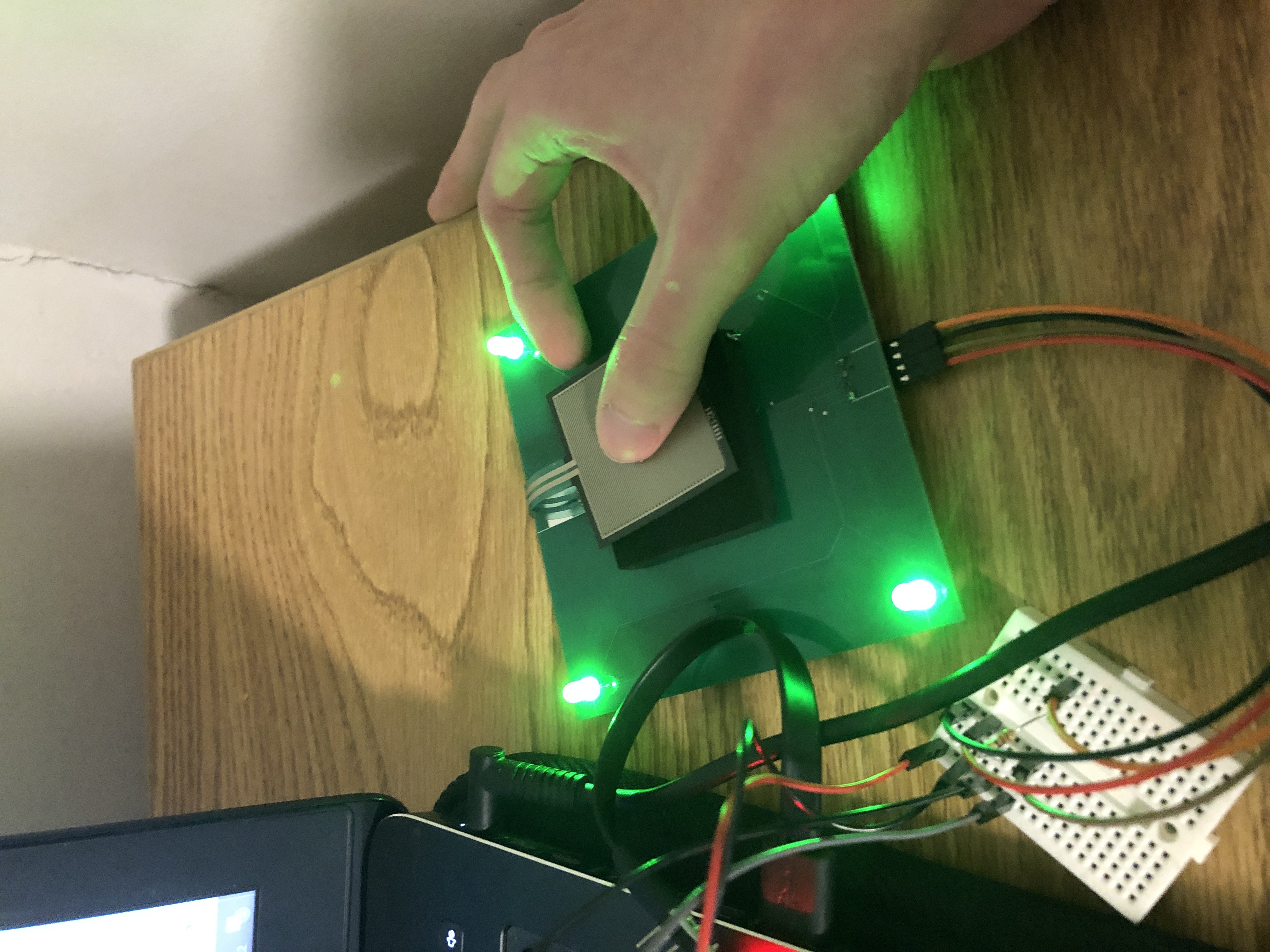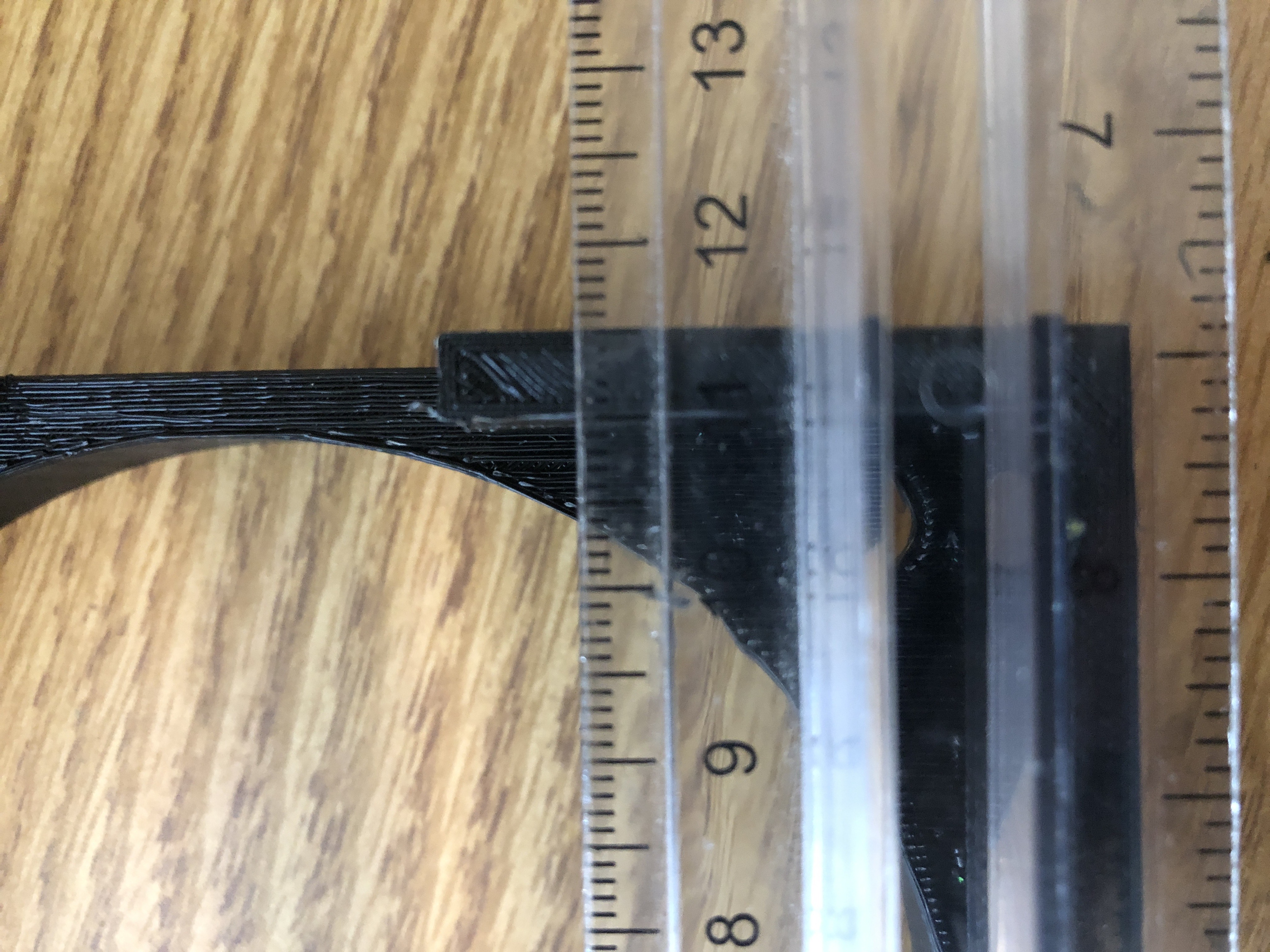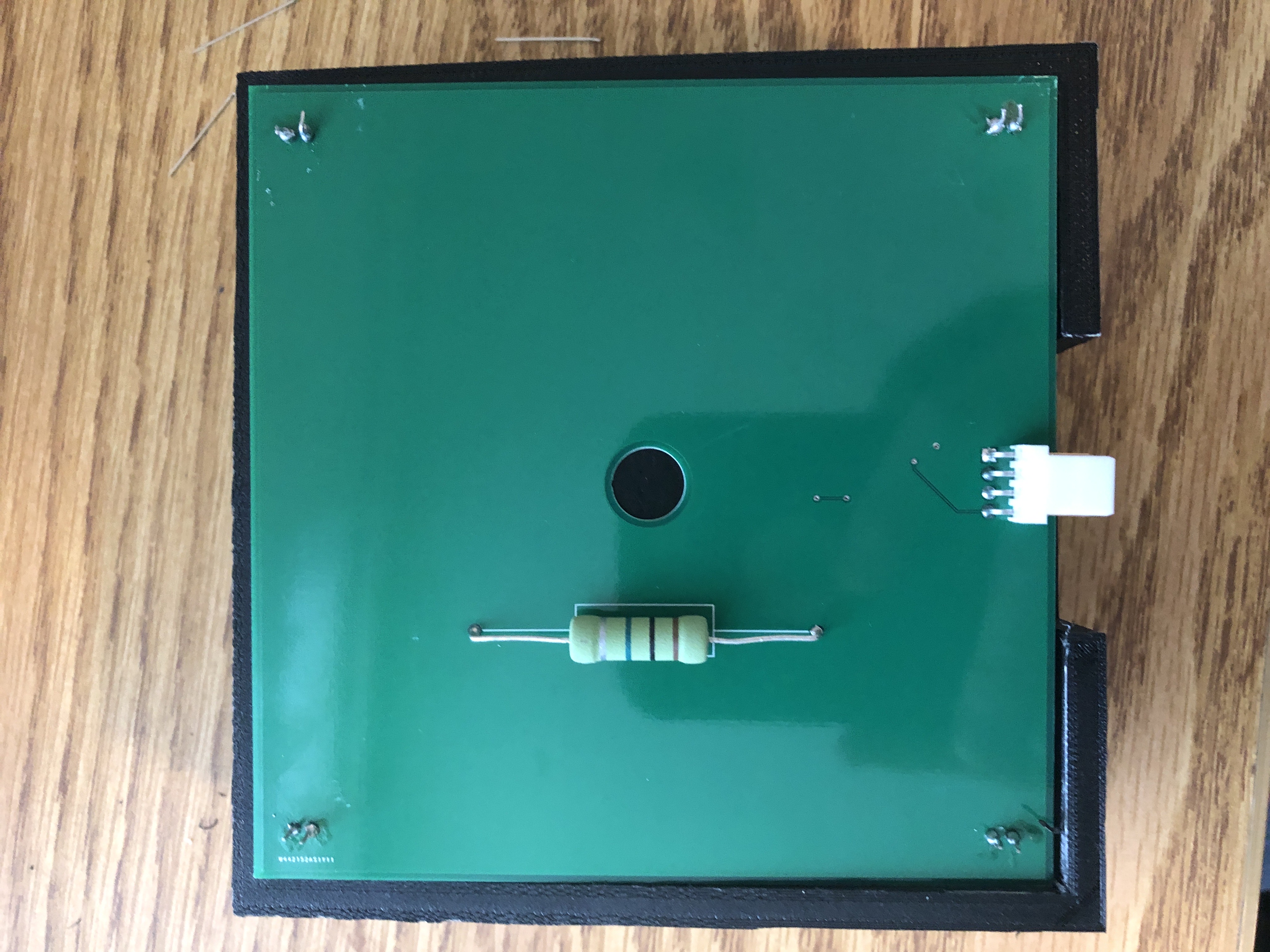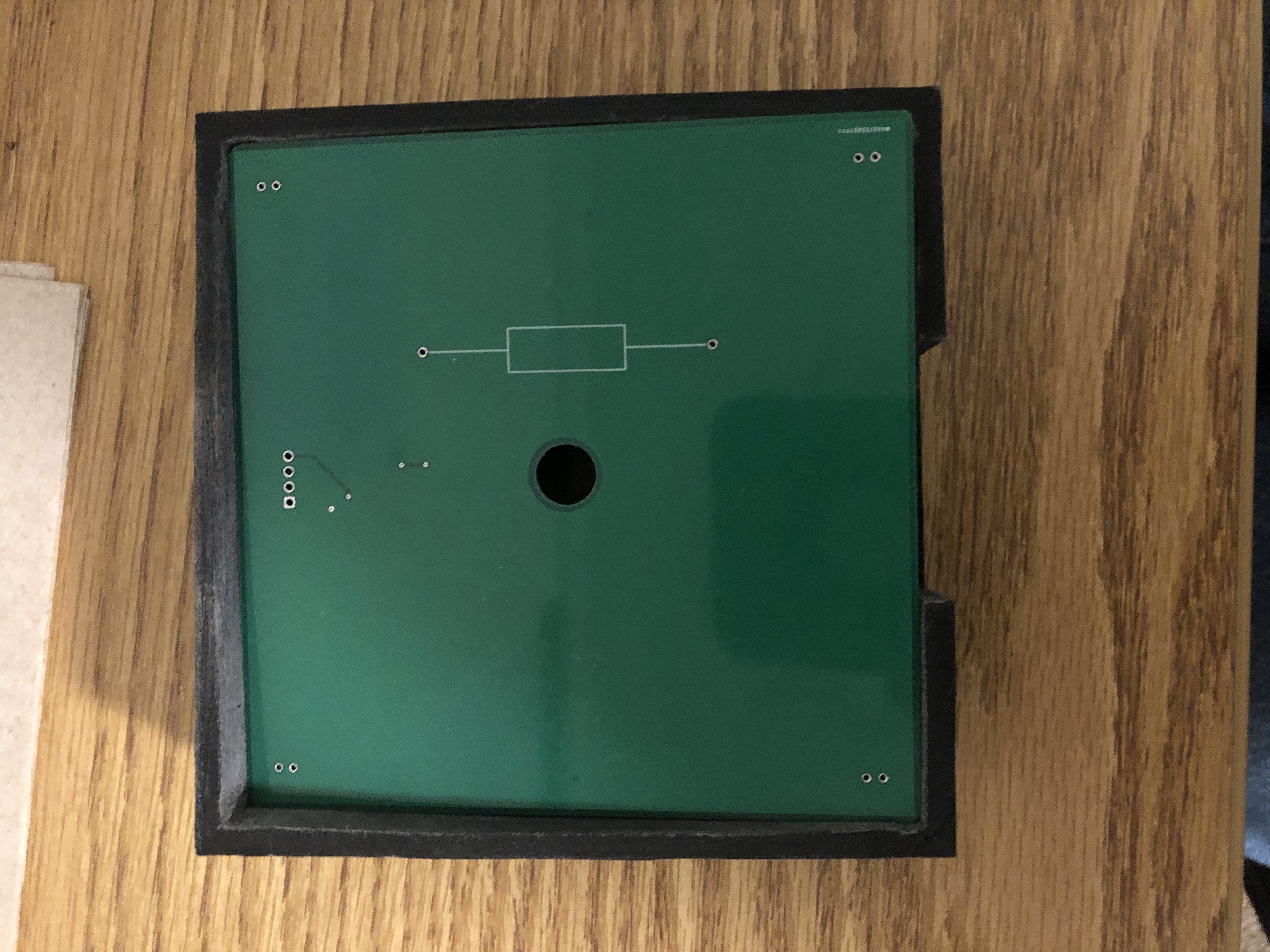Unfortunately, this week, I was pretty sick so I was absent from class.
However, I was able to make significant progress with the accuracy of the beat map creator. I ended up changing the energy calculation by making the window smaller than what it was before. I was calculating instantaneous energy in bins of 43 (recommended by the source I was using), but I ended up making the bin of length one instead. This also ended up being significantly faster. Currently, I am analyzing two frequency bands and splitting that into four buttons. I am analyzing the frequency bands separately and for a three and a half minute audio file, it takes about 112 seconds per frequency band to analyze. While that is slightly above my user requirement, tomorrow I plan to condense the algorithm into one loop so hopefully, it should take about 200 seconds total for a single audio file.
Also, as I mentioned last week, (George’s idea), I added a sound to indicate when my tracker found a beat. I have attached a few sound samples before. I have been creating a few additional beat maps as well for the testing phase of our game that we will be going through in a few weeks.
For the progress for the next week, I need to create a lot more files for testing as well as for verifying that my user requirements are met (or where they fall short). Furthermore, I need to create a main function to call everything instead of having to do it myself. This should only take a few hours because the code is pretty modular. Hopefully, I can have all of this done by Wednesday.
For scheduling, I should be on track. Everything is pretty much done, but I am working on some final touches.
NOTE: I’m having trouble uploading the files to the website because it says the maximum size of the files has been exceeded. I can show them later.












